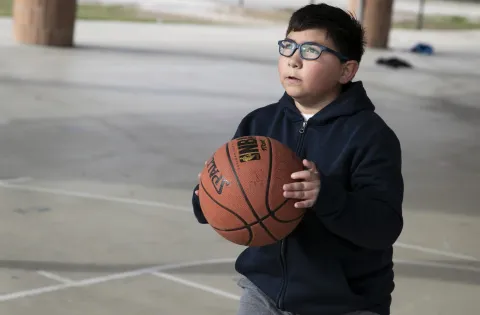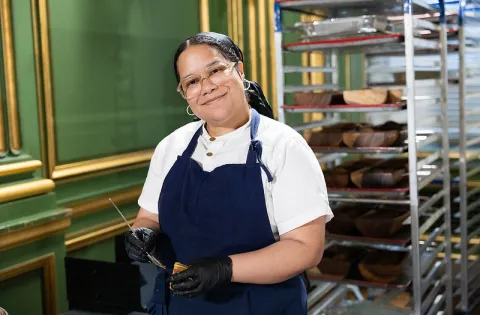Interior designer and philanthropist Charlotte Moss selected No Kid Hungry to be the beneficiary of her latest project, Home: A Celebration. A timely ode to Edith Wharton’s The Book of the Homeless—a fundraising effort in 1916 to help refugees and children during WWI—Home features 120 artists, poets, chefs, designers, photographers, and writers offering personal reflections on the essence of home.
And in the footsteps of Wharton, all royalties from the sale of this book will support No Kid Hungry’s essential mission to help end childhood hunger. Learn more about the book at https://events.nokidhungry.org/events/home-no-kid-hungry/.
Charlotte Moss sat down with No Kid Hungry to share more about this project and why she’s been a long-time supporter of our campaign.
How did the idea of Home: A Celebration come about? Can you talk a little about Edith Wharton’s inspiration?
My inspiration for creating Home came from a book that Edith created out of financial necessity in her efforts to shelter and care for orphans during WWI.
The concept of reaching out to friends, artists, writers, musicians, seems so democratic in its approach because anyone and everyone can contribute something that they do well. Edith’s approach broadened the reach of philanthropy, introducing this concept thereby giving more people the opportunity to contribute and give of themselves.
What is the meaning of home for you? What was it during the pandemic? Was being at home ever challenging?
Growing up, home was always the center of our universe; it was the place my mother welcomed all our friends and always made lunch for more than her own brood. I think, truthfully, to keep an eye on us all. There were five children.
Being at home was often a challenge at the beginning of the pandemic because I saw things that I wanted to change, improve, or move. What can I say, it’s the nature of my business. After I settled into it, it became less of a distraction and more of a great opportunity just to be there.
What did you learn from the contributors to your book?
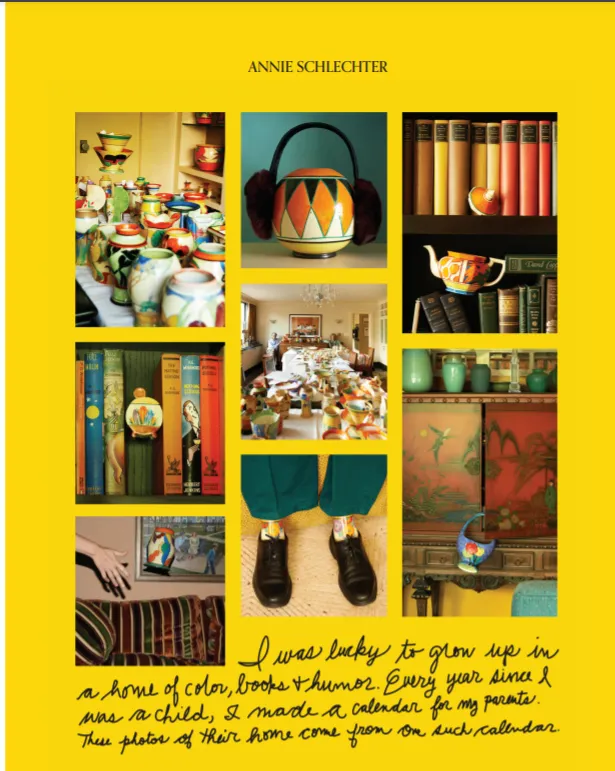
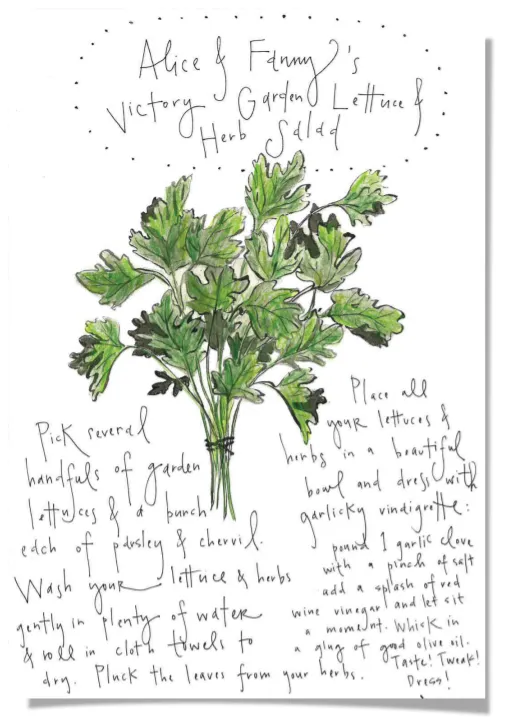
The diversity of the contributions, people sharing their joys, angst, dreams -- every angle and perspective of home is illustrated in various forms in the book. There was great honesty and soul searching, some shared very personal moments, some shared humor. What I learned, and what this book reaffirmed, is that if you believe strongly in something, are clear about your goals, are respectful of people’s time, and if all of that is communicated with enthusiasm to people who care about others, you can do just about anything.
What would you say to anybody looking forward to reading this book?
Be prepared to read it from cover to cover. Be prepared to invest some time, because once you’re pulled in, you won’t want to put it down – you’ll want to read the next one, the next one, and on… so grab a cup of tea or a glass of wine and settle down.
Why did you decide to use this project to raise funds for No Kid Hungry?
At the beginning of the pandemic, it was obvious that the food lines in our country would grow with unemployment. Further, with schools closed, those children depending on meals at school would not be getting them.
You could not watch the news or read a paper without a lump in your throat. I was having a hard time with that, and I wanted to do what I could do. My company did two challenges on Instagram where we raised $150,000 for No Kid Hungry and Feeding America. That was my eureka moment. I thought if we could do that in a couple weeks on Instagram, what could a bigger effort produce?
Then the next moment came when I remembered The Book of the Homeless by Edith Wharton, a book that has sat on my shelf for a long time. (Coincidentally, Edith and I share a birthday, January 24th.) I always thought Edith had such a great idea. Everything happens for a reason.
Why is ending childhood hunger important for you?
Isn’t it important to everyone? This is the future of our country. We are the wealthiest country in the world, and 1 in 6 children are living with hunger. If you are hungry, you can’t think, you will not learn, then where do we go?
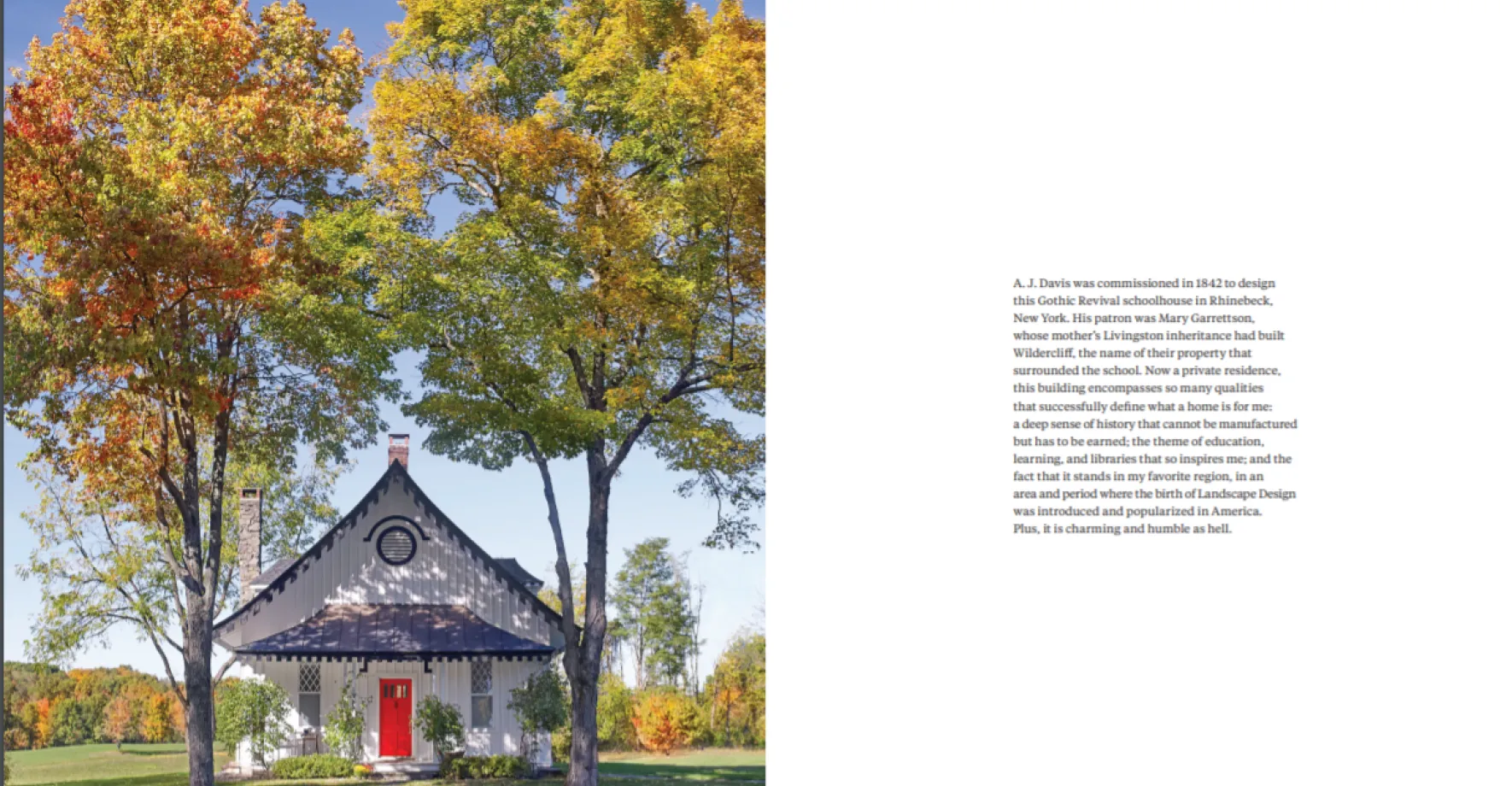
For you, how is giving to No Kid Hungry different from giving to any other cause or campaign?
No Kid Hungry’s approach is unique. By raising funds, they support local agencies around the country creating this incredible network of people all driven by one thing: taking care of others and feeding children.
There are many ways to give to charitable causes. In creating Home, we approached individuals to create something (a poem, an essay) that would in the end become a book that would have a long shelf life, could be an outreach tool for fundraising in the future, and to give other people the opportunity to participate.
Philanthropy is about giving, and it is not always a check. I have always said that philanthropy comes from the heart. Whether you are a school child dropping their nickels and pennies in a box for a cause, someone writing a large check to underwrite a program, someone volunteering their time, or in this case, everyone doing what they do best, that is the definition of philanthropy, giving something of yourself.
Why is it important to you personally to support No Kid Hungry? What do you get back from giving?
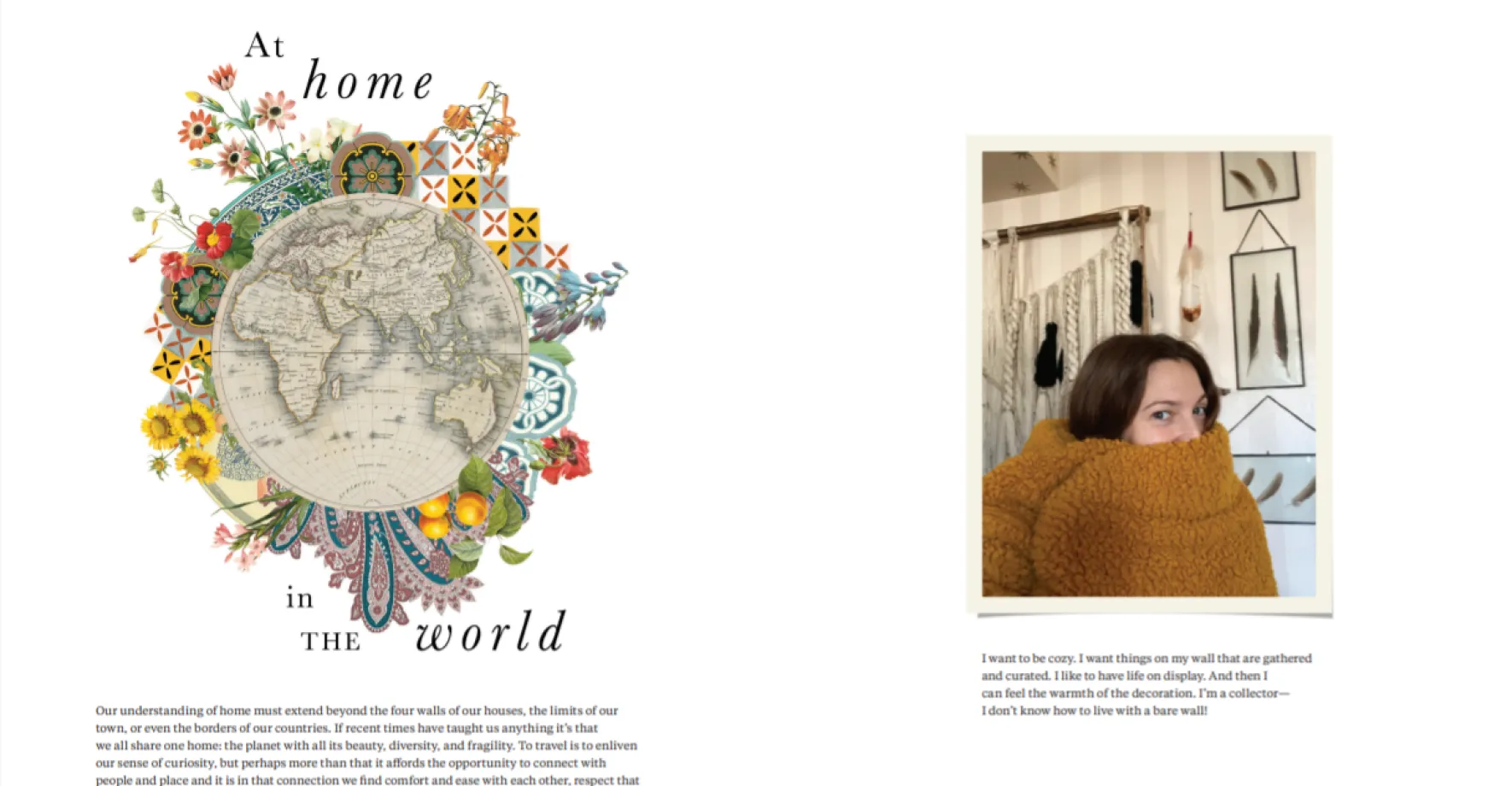
I personally support several organizations where I sit on the board. Some help veterans, bone marrow transplant candidates and their families, the arts, women, and historic preservation. With No Kid Hungry, I see we’re hopefully making a difference that will impact our country now and in the future. Children are our great natural resource; we need to protect them.
We’re grateful to Charlotte Moss for her generosity and for sharing her strength to support hungry kids across America. Home: A Celebration, published by Rizzoli, can be found where books are sold.

